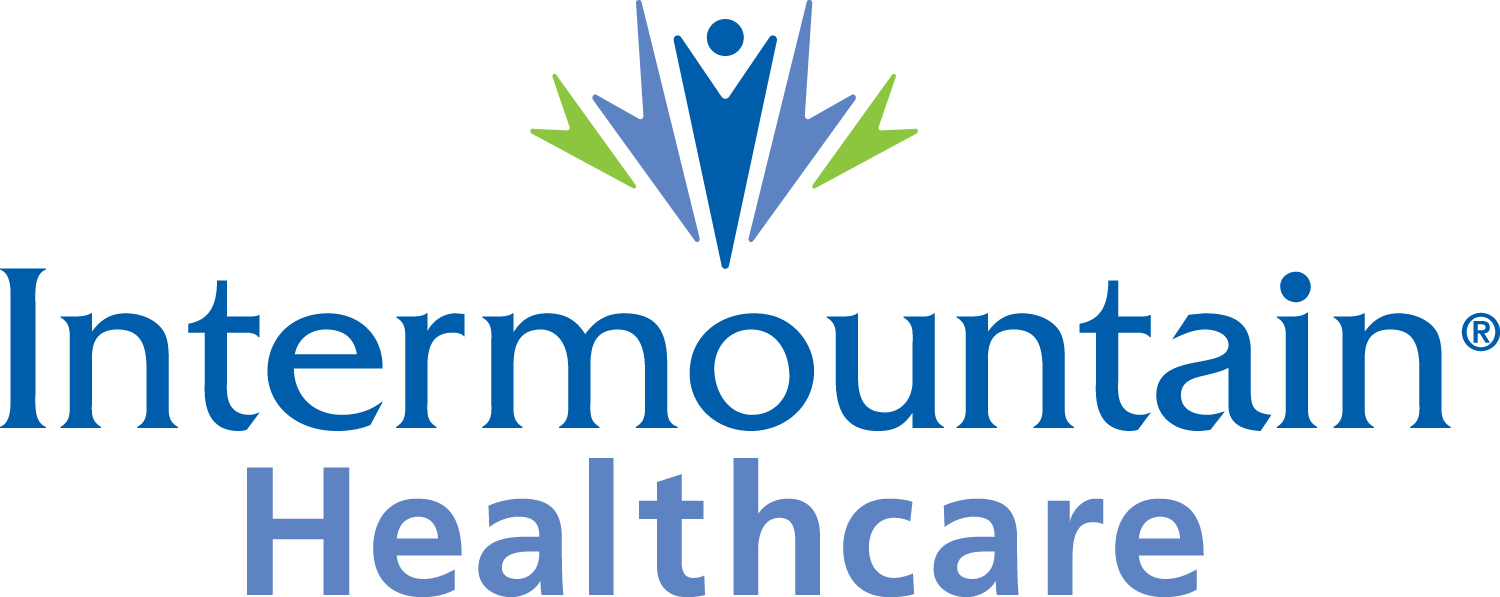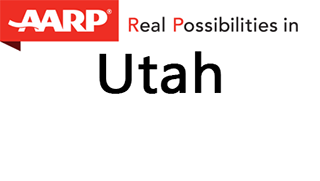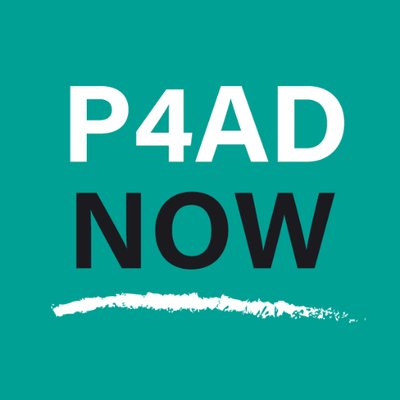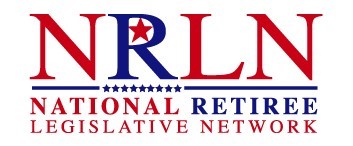Wholesale Importation Can Reduce Costs
The rising cost of prescription drugs is a major problem in Utah.
"A 2016 study published in JAMA found that in 10 years, the average cost of all insulin nearly tripled.... In June 1996, a vial of Humalog cost about $21. In December 2017, it was $347. That's a 1,552 percent increase." (p.57)
"Something is extremely wrong when a medication that could be compared to oxygen is unaffordable." (p.59)
"In$ulin Upri$ing," Diabetic Living, Spring 2018, Bailey McGrath
"A 2016 study published in JAMA found that in 10 years, the average cost of all insulin nearly tripled.... In June 1996, a vial of Humalog cost about $21. In December 2017, it was $347. That's a 1,552 percent increase." (p.57)
"Something is extremely wrong when a medication that could be compared to oxygen is unaffordable." (p.59)
"In$ulin Upri$ing," Diabetic Living, Spring 2018, Bailey McGrath
A state-sponsored wholesale drug importation program would allow Utahns to purchase the same safe drugs they are buying today at significantly lower costs.
House Bill 267 will lower drug costs by allowing our pharmacies to import safe prescription drugs from Canada.
It is allowed by federal law and will lead to lower costs to the state government and Utah's citizens.
It is time to request permission to act in the best interest of our taxpayers and residents.
What About Safety?
"Currently, our biggest concerns about prescription drug safety have to do with price. If people can't afford their medicine, they are at risk." - Rep. Norm Thurston
Please toggle the sections below to learn more about rising prescription drug costs and what can be done about it.
What HB267 Does and Why
HB 267 Would Address Skyrocketing Drug Costs
What it Actually Does
Why Only Canada?
Federal Law Allows For Such A Program to be Approved
HB 267 does not authorize importation by itself, it just lets Utah begin a dialog with the federal government to figure out how to do importation safely. It's high time we began this conversation!
Facts, Myths and Realities
Key Facts
- FACT: Federal regulations already ensure the safety of foreign-produced drugs entering the US market. More than 30 Canadian manufacturers are FDA-registered to produce drugs for US markets (US Food and Drug Administration Database, “Drug Establishments Current Registration Site”)
- FACT: Drug Manufacturing is already global - 40% of prescription drugs sold in the US are produced abroad; 80% of active ingredients used in the US are imported (*FDA Commissioner Margaret Hamburg, “The Safety of Prescription Drugs Made Outside the U.S.”, The Diane Rehm Show, Feb. 20, 2014.)
Myths and Realities
Concern about drug pricing is at an all-time high. Drug importation is high on the list of solutions the public wants to pursue. The time is right for new thinking and novel solutions on the issue. Wholesale drug importation resolves all three major concerns raised by the FDA: costs/savings, safety, and agency administrative burden. Until we can arrive at a U.S. system that encourages pricing that is both affordable and reflects the value of biopharmaceuticals, states can advance innovative approaches that can inform the national policy debate.
- Myth: No Secretary of the U.S. Department of Health and Human Services (HHS) has been able to certify that importation will both 1) pose no additional risk to public health and safety, and 2) generate cost-savings that are passed on to American consumers.
- Reality: No Secretary has been asked to consider this new importation approach before. This isn’t a personal importation program where individuals use mail order and websites; instead the state takes on the responsibility to act as a wholesale importer. The state can guarantee the safety of the imported medicines and can guarantee that consumers will save money.
- Myth: You cannot assure that prescription drugs entering the U.S. from abroad are safe and effective.
- Reality: Experts agree that the Canadian regulatory requirements for the manufacture and marketing of prescription drugs is on par with the U.S. system. In fact, nearly 30 Canadian drug manufacturing plants are registered with the FDA. And the FDA has had a cooperative agreement with Canada since 1973 around the regulation of drug marketing and manufacturing. In this model, the state will contract with a brick-and-mortar Canadian registered supplier and the limited number of imported drugs can be tested upon arrival from Canada . In addition, the state will require that the Canadian supplier provide all information needed to comply with FDA track-and-trace regulations. In all, this model will create a clear chain of custody for every pill that enters the state, ensuring patient safety.
- Myth: There is no guarantee any potential savings generated from the importation of medicines will be passed on to the patient.
- Reality: A state wholesale importation program can guarantee consumer savings while no other approach can. The state will select a limited number of high cost drugs to be imported, and will chose only the drugs with significant savings potential. The state will have controls on the price markup as it moves through the supply chain, from distributors to local pharmacies.
- Myth: Counterfeiters are becoming increasingly sophisticated with their technology and pose a significant health and safety risk to patients.
- Reality: Again, this approach is very different from individuals importing drugs from unregulated internet pharmacies. Under a state wholesale importation proposal, each drug will have already been deemed safe by Canadian authorities. They will be imported to the State by a licensed wholesaler and can be tested at that point. 40 percent of all drugs sold in the United States are already imported and 80 percent of active ingredients used in US manufacture of drugs come from abroad.
- Myth: Importation will lead to illegal drugs, such as opioids, entering the country.
- Reality: No opioids or other illegal drugs will be imported. The state only imports those products allowed by federal law (thus, no biologics, narcotics, nor other products not otherwise permitted in statutes) The system the state would implement is just as “closed” and safe as the current US system – in fact the state program uses the regular private sector supply chain and safety rules.
Rising Drug Costs
Read More
Read More About Wholesale Importation
Impact on Costs
Understanding the Impact on Costs
The Public Employee's Health Plan submitted the following information:
We have provided the published cost of potentially imported products and compared current list prices in Canada and the US.
| US Brand Name | Canadian Brand Name | US List Price | Canadian List Price | Difference (US list price – Canadian List Price) |
| Advair 250/50 | Advair 250/50 | $472.20 | $79.04 | $348.16 |
| Jardiance 25mg (30 tablets) | Jardiance 25mg (30 tablets) | $557.70 | $63.02 | $498.08 |
| Humalog (10ml vial) | Humalog (10ml vial) | $329.60 | $22.87 | $306.73 |
| Novolog (10ml vial) | NovoRapid (10ml vial) | $330.70 | $23.67 | $307.03 |
| Lantus (10ml vial) | Lantus (10ml vial) | $307.10 | $49.51 | $257.59 |
Estimates from the Legislative Fiscal Analyst put the annual cost savings to the entire state at close to $100 million.
Supporters
Who Supports Wholesale Importation?
 Intermountain Healthcare
Intermountain Healthcare
 SelectHealth
SelectHealth
 Regence Blue Cross/Blue Shield
Regence Blue Cross/Blue Shield
 Prescription Justice
Prescription Justice
 Utah Hospital Association
Utah Hospital Association
 AARP of Utah
AARP of Utah
 Utah Association of Health Underwriters
Utah Association of Health Underwriters
 Utah Health Insurance Association
Utah Health Insurance Association
 ActionUtah.org
ActionUtah.org
 Patients for Affordable Drugs NOW
Patients for Affordable Drugs NOW
 National Retiree Legislative Network
National Retiree Legislative Network
 Utah Nurse Practitioners
Utah Nurse Practitioners
 Utah Nurses Association
Utah Nurses Association Patient Stories
Matt: I finally found a medicine that works well for my diabetes. I took it for two years, this year, my insurance decided it would only cover a small fraction bringing my cost to $500.00/month. Needless to say, I'm finding a new medicine. Furthermore, the insulin I take every single day costs $900.00/month. Luckily the insurance covers most of that. The annoying thing though, I could drive to Canada and buy that exact same medication with no insurance for $73.00/month!!!
Vickie: I was just recently diagnosed with Bronchitis and Pneumonia, and though I could afford one of the antibiotics by paying out of pocket (Z-Pack was about $37 at Walgreen's) . I was also prescribed Augmentin XR, which runs about $300 without a prescription card. I got the Z-Pack but am still working on getting the Augmentin XR. I know that it isn't the same as someone who is on a fixed income and needing various prescriptions on a weekly or monthly basis, but it is still difficult.
Marilyn: My 89-year-old father was prescribed Eloquis. When I went to the pharmacy I was told he needed to about $300 for a month supply. He bought it because he needs it. The pharmacist told me that my dad is lucky because there are many people in our county who need this drug but don't get it because of the cost.
John: My wife needs two different insulins to control her D2. Last year while we were in the donut hole we paid over 600-800 per month, just for insulin. Last week we paid $483.00 for 6 bottles of one brand, that will last 5 weeks. and we have great insurance, Medicare and BlueCross.
Emilee: Medications are one our greatest expenses, especially if there is not a generic. We had one medication that cost $500 per syringe. It was a life saving medication to stop our daughter's seizures. She went through a syringe every 3 weeks. Then, there was a medication that we wanted to trial for my daughter but it was so expensive that we looked at getting it from Canada. I have a family member in Canada who was willing to pick it up for me and send it to me because it was so much cheaper. I ultimately got a grant to pay for the medication so we didn't have to go that route but I can tell you people are already getting medications from Canada. This would just make it more readily available to the public.
Katie: We have a HSA and I got put on multiple antacid meds until we found the one that finally gave me relief. Trouble is, it was $800 a month!!! My son who has Autism takes medication for attention that really helps him focus in school. It costs $300 a month!